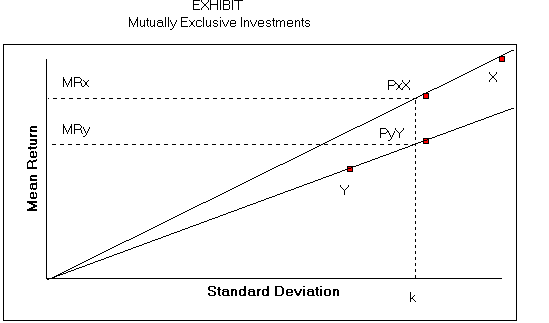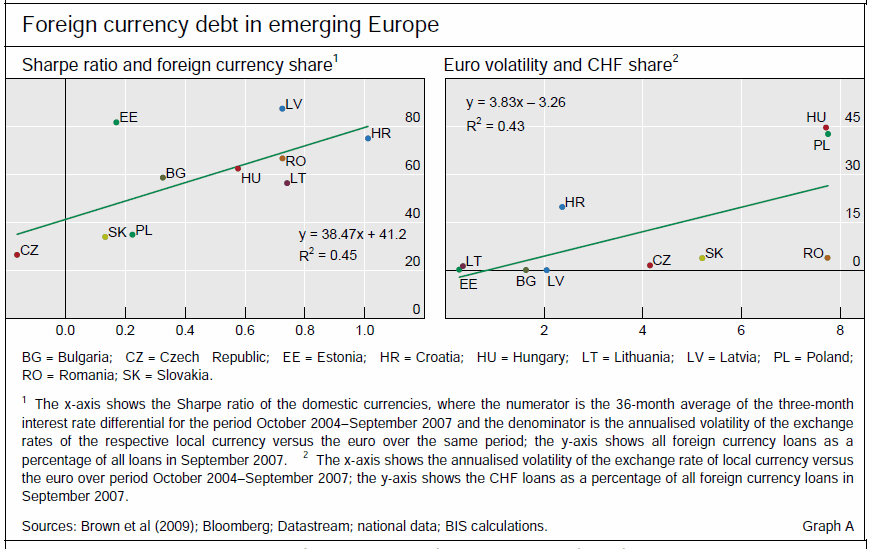Sharpe Ratio Part 2
Post on: 31 Май, 2015 No Comment

Sharpe Ratio — Part 2
Here is the second part of the Sharpe Ratio post. In the first part, we have introduced the sharpe ratio and its usage; we have also explained how to calculate and annualize it.
In this post, we will continue to talk about the sharpe ratio, we will list its main advantages and disadvantages and we will show you how to use this ratio in QuantShare.
Let us directly expose the main advantages and disadvantages of the sharpe ratio.
The Sharpe Ratio has become an industry standard, it is so popular, because it is a simple measure (very easy to calculate) and it can be used to compare different strategies. It can be used to compare long and short strategies, bond and stock strategies, leveraged and unleveraged strategies. By calculating the Sharpe ratio of different trading systems, you can determine which strategy performs best (in terms of risk-adjusted return).
Although until now (read the part 1 ), the sharpe ratio looks like the perfect metric, it has some weaknesses and drawbacks.
Here are some points concerning the sharpe ratio weaknesses :
- A negative Sharpe ratio tells us that the strategy or security being analyzed is performing worse that the risk free rate. All else equal, the portfolio’ sharpe ratio should decrease if we increase the risk (volatility). By looking at its formula, you can see that this is true only when the sharpe ratio is positive. However, with a negative sharpe ratio, increasing risk results in a larger sharpe ratio. Therefore, sharpe ratio should not be used as a measure to compare portfolios that have a negative sharpe ratio value.
- The Ratio formula assumes that the risk free rate is constant, but we all know this is false. Typically, we use the average risk free rate for the strategy period.
- The Sharpe Ratio uses only the standard deviation as a measure of risk. This can be problematic when calculating the Ratio for asymmetric returns because the Standard deviation is most appropriate as a measure of risk for strategies with approximately symmetric return distributions.
- The Ratio is based on historical data, and because past performance is not always an indicator of future results, we should not rely only on this measure to assess trading strategies. Analyzing and identifying the forces behind the strategy’ returns is essential.
Using the sharpe ratio in QuantShare
The sharpe ratio is one of many other available metrics in the strategy’s backtesting report in QuantShare. It is available in the Statistics tab of the trading system report (The report is shown after a simulation or an optimization is complete).

Other metrics include the Sortino ratio, the Ulcer Index, The K-Ratio, the Profit factor, the Payoff ratio.
The sharpe ratio can be used in combination of other measures to create new metrics or it can be plotted as a time-series (Plot the evolution of the sharpe ratio over the strategy back-testing period).
Using the sharpe ratio as a time-series metrics involves creating a money management script and using the following function Functions.AddMetric. This function can be found in the OnEndPeriod event. Make sure you properly handle cases where the Sharpe ratio is negative.
Trading Items based on the Sharpe ratio
Market Composite Index based on the Sharpe Ratio. This is a composite indicator that calculates the average Sharpe ratio of all securities in a specific market/exchange.
Trading Strategy based on the Sharpe Ratio Metric. This strategy ranks all stocks based on their Sharpe ratio and buys the top five.
In a later post, we will delve into how to create time-series metrics for the simulator and how to create buy and sell rules using these time-series metrics. (Example: Reduce the exposure of the trading system if the sharpe ratio falls below a threshold).














